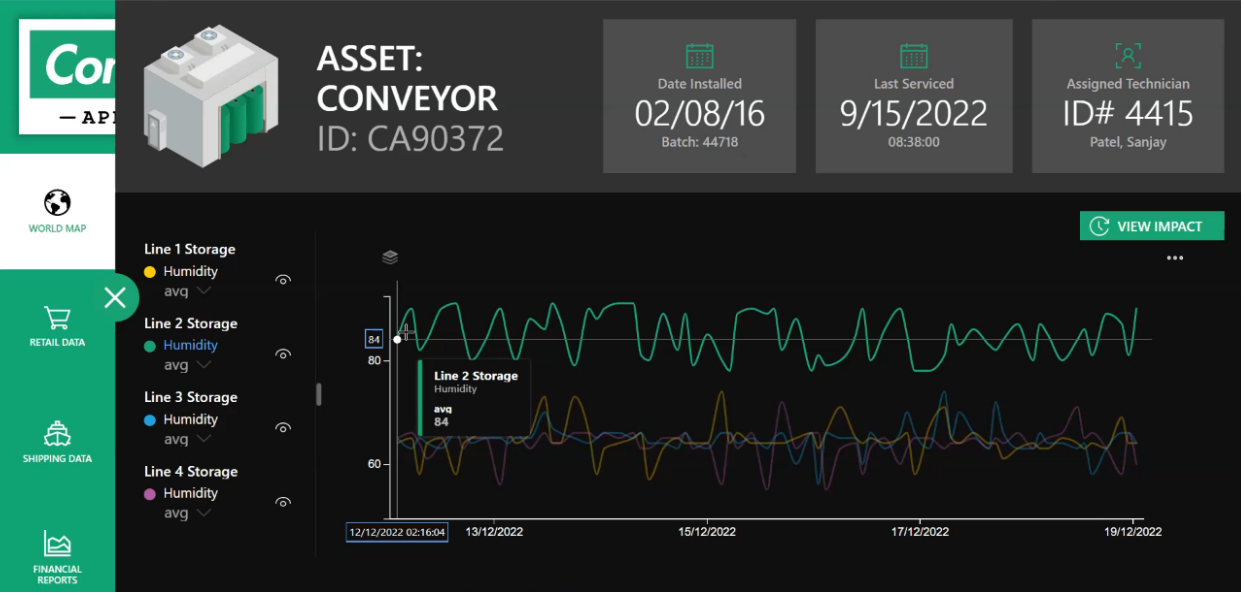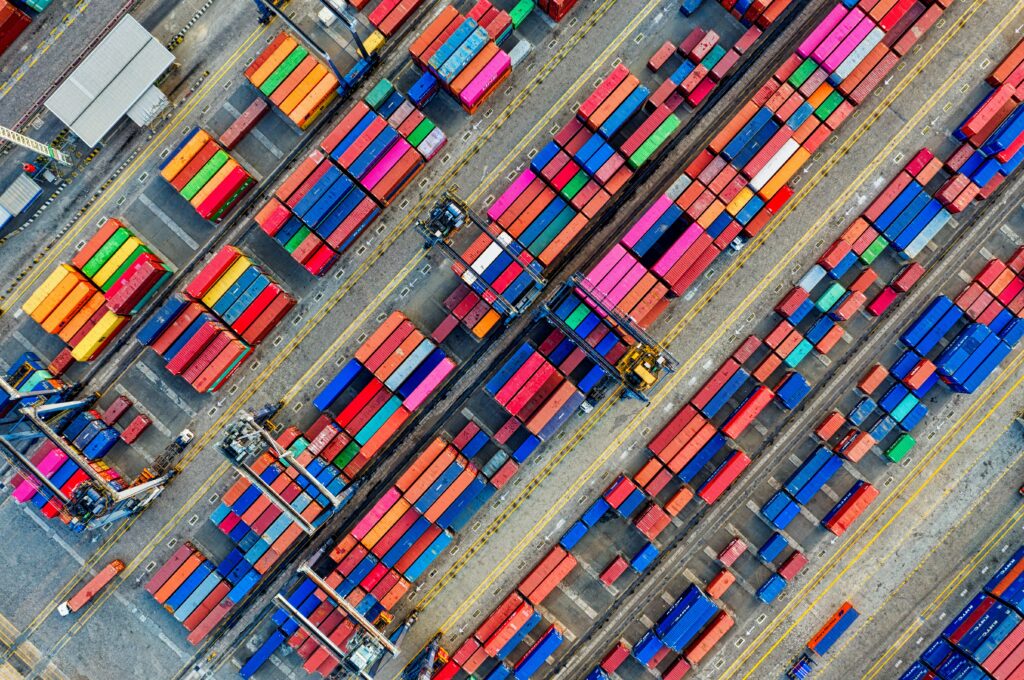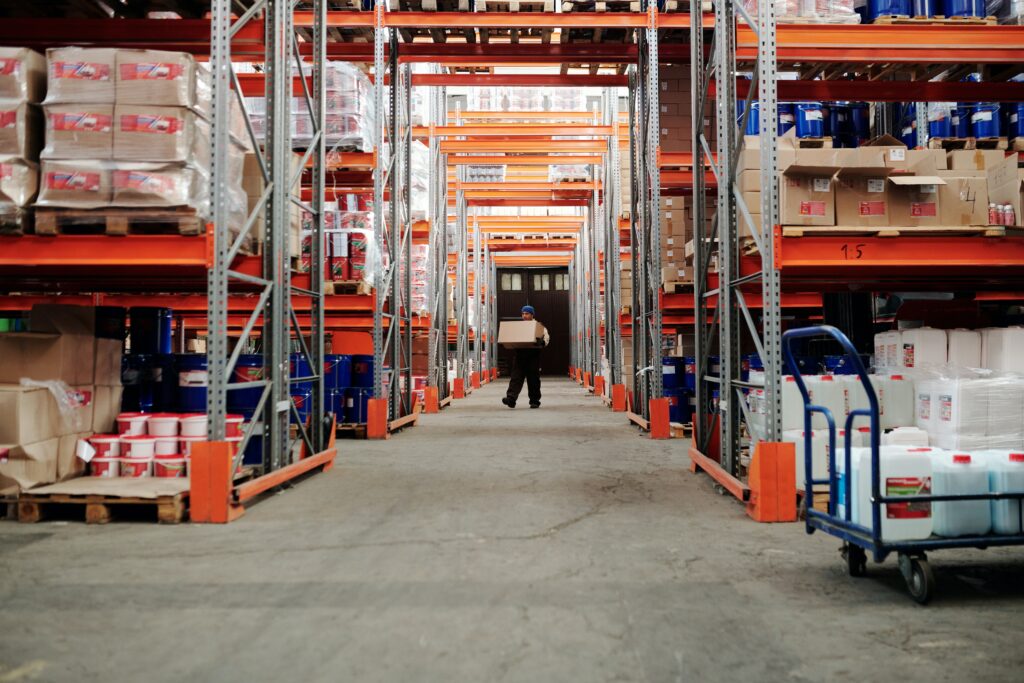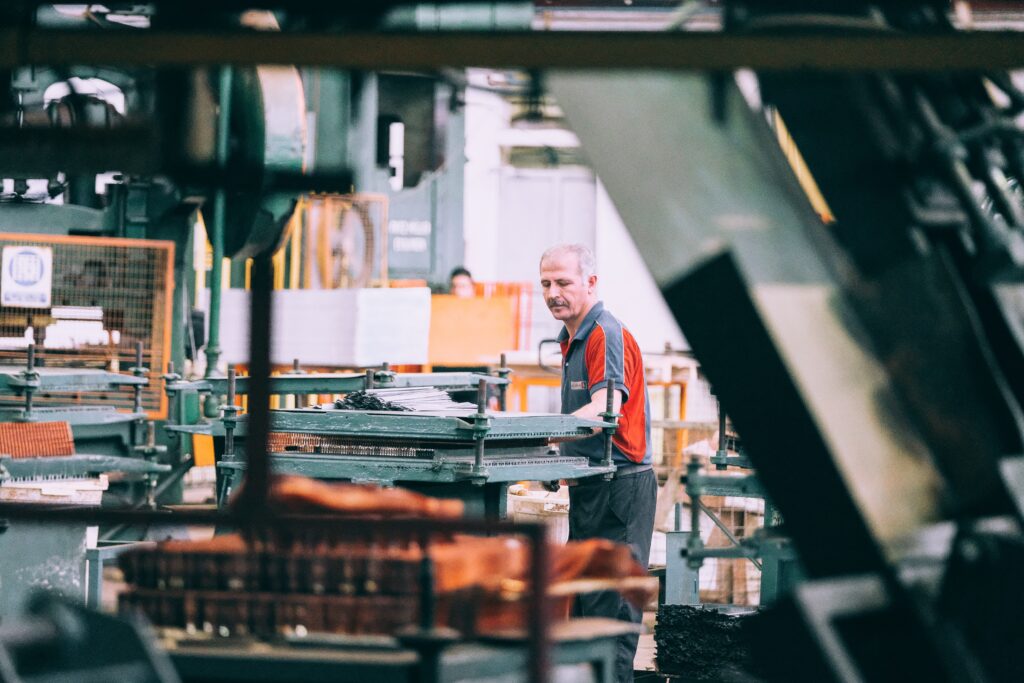In recent years, we have seen an unprecedented rate of tech advancement, whether in big tech companies or in startups. Improvements have been made in data analysis, in systems, and platform development.
In supply chains, we have robotics replacing labour to cover repeated work, to improve efficiency, improve health and safety, and also reduce costs. We have warehouses using AR and VR to locate goods or to identify faults in machines. We have seen drones deliver products to a doorstep in some areas, and delivering products to rural areas.
Technology innovations such as AI, 5G, web 3.0 have offered us huge leaps in potential progress, but all of these technology advancements have potentially set up a very fantasy outlook for supply chains and for many other businesses as well.
As we move to online shopping, high street shops have disappeared. Where have the goods gone? People are still buying things. High streets are being replaced with huge warehouses away from the centre of busy towns. Given the scale, this then requires technology to identify where goods are in these huge hubs. It makes supply chains more efficient, more transparent, more automatic, more effective, and to an extent more resilient. We have seen more and more technologies being used by manufacturers, but these activities mostly are taking place within an organisation to drive efficiencies there and not across the whole supply chain.
The obstacle that we are seeing when it comes to further development of digital supply chains is challenges around collaboration. This isn’t just across a supply chain with the different organisations, but even within a company where departments can struggle to collaborate. We have an inbuilt instinct to be protective of our business. We are not willing to share data with third parties. We’re concerned about data security. We’re worried about cyber attacks. But a supply chain is made up of multiple organisations and as such, that instinct needs to be overcome with the understanding that sharing information can make everything work better.
Building a model digital supply chain
Using Microsoft Azure Digital Twins, we could model a supply chain environment for a fictional company which sells apparel; shirts, t-shirts, shoes. In model 1, we can see retail stores in the UK and the US. We can also see the warehouses and the factories where the products are made, in South America, in Asia. This is a model of a fully digital supply chain with full transparency.

Model 1 – All of the supply chains within the company
Within this model, you can identify the issues within a supply chain and set up mitigating actions to respond. If a store reports low quality in a batch of t-shirts they are receiving, you can click on the store and see the orders they have received, tracking the supply chain from factory to shop.
In model 2, you can see that this problematic batch of shirts was produced at the factory in Asia. Clicking on this factory allows you to see the specific line and machines that these goods were produced on. By examining the production line, we can see in this model that the production line for these shirts is experiencing high humidity which is what is impacting the quality.

Model 2 – Showing only the impacted supply chain with low quality goods reported
Here you can see that this problematic batch of shirts was produced at the factory in Asia. Clicking on this factory allows you to see the specific line and machines that these goods were produced on, as shown in model 3. By examining the production line, we can see in this model that the production line for these shirts is experiencing high humidity which is what is impacting the quality, model 4.

Model 3 – Digital twins of the factory floor

Model 4 – Showing humidity levels of factory lines including the high humidity of the broken line
With this model, you can stop production of shirts on this line and move production to another factory with no issues to continue manufacturing. The only delay is from remaking the original orders. Remotely with digital supply chains, we will be able to solve problems, to detect issues and react more proactively.
But in reality, because we don’t share data, the retailer wouldn’t know the shipment data. The shipping line doesn’t share information. The stores don’t have the visibility of their suppliers or their supply chains. All the warehouses, all the manufacturers don’t have the full data transparency as we have seen it here.
If we don’t start to think about collaboration more effectively, the fantasy future we’re offered by digital tools and services we won’t be able to achieve, even though the technology maturity has reached that stage in terms of implementation. If we don’t make behaviour or mindset change, I don’t see where we’re ever going to be able to fully utilise the benefits of the technologies.
The importance of the Digital Supply Chain Hub
This is why the work of DSCH is so important. The work around the testbeds is an opportunity to bring together members of a supply chain to demonstrate the benefits for multiple stakeholders in sharing data. The testbeds bring together multiple participants in a supply chain and set up agreements around data sharing to allow innovation to happen – not just within the SME or in the warehouse but up and down that supply chain to ensure that the flow of goods, money and information is effective and efficient.
Someone needs to take the first step – to share, to demonstrate, and to set up good precedent and good practice, and to show how to securely share data without causing damage to the core business or causing unfair advantage for competitors.
Ultimately, it is those organisations at the top of a supply chain that will benefit the most from this data sharing. The next step is for those organisations to share that benefit with those companies that have shared their data with them.
Alongside that, it is important that businesses change their mindsets and behaviours. Just focusing on developing technology won’t work. Technology is not going to solve our problems. We already have the technologies. We have so many technology developers and providers who can help to solve the challenges that organisations are facing. What the focus needs to be on now is the best way to utilise those technologies and implement them to achieve our high ambitions.
Professor Ying Xie is the Professor in Supply Chain Analytics in Cranfield School of Management. Her expertise includes supply chains, electrical engineering, with research expertise in AI, natural language processing, and data mining to inform decision making, better use of resources, and reduce waste.
She is a member of the Strategic Advisory Board for the Digital Supply Chain Hub, working to steer and offer advice to drive the development of the programme and building an academic community to work together to develop and advance tech and digital in supply chains.
If you’d like to get involved in the work of the Digital Supply Chain Hub, please click the get involved button at the bottom of this post to find out about the opportunities or sign up for our newsletter.




